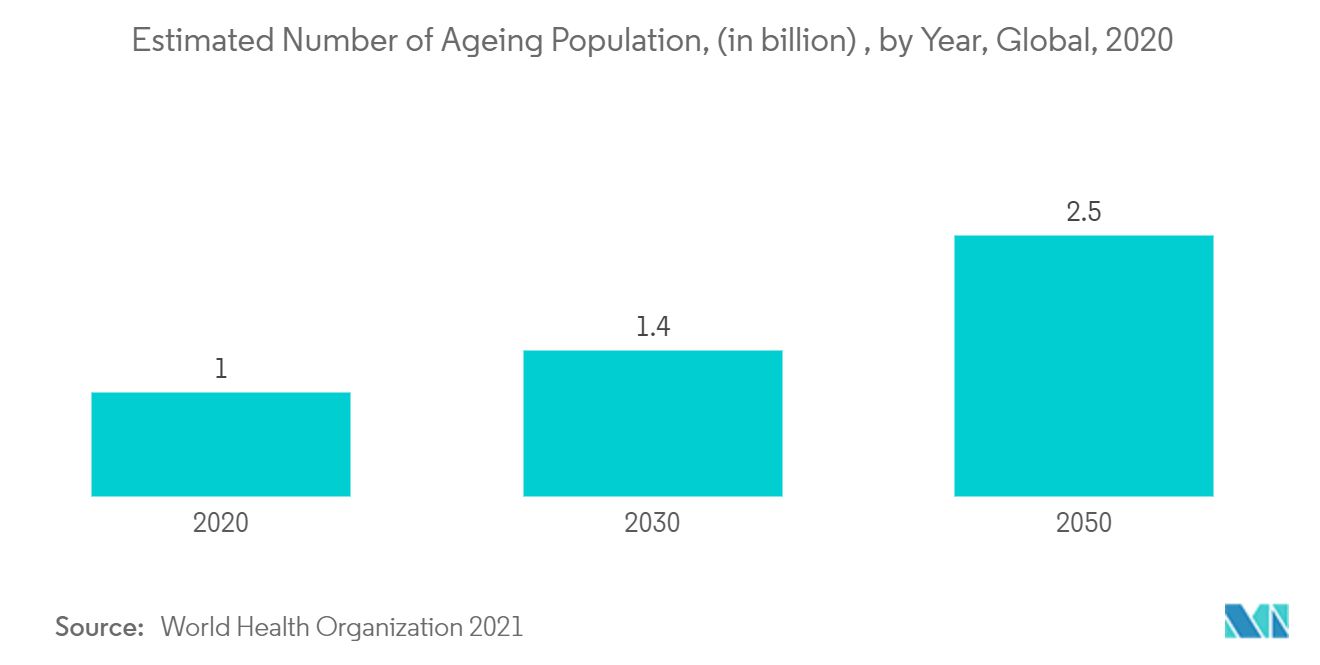Market Trends of Global Personal Mobility Devices Industry
This section covers the major market trends shaping the Personal Mobility Devices Market according to our research experts:
Wheelchairs Emerged as the Largest Segment in the Personal Mobility Devices Market
The COVID-19 pandemic has contributed to a global shipping and logistics crisis, including shortages in the availability of, and increasing costs for, container shipping, and has disrupted, and may continue to disrupt, the ability to obtain critical products, components, and raw materials, which could have an adverse effect on the financial condition of manufacturers and shortage of supply to the end users.
A wheelchair is a popular aid device used for personal mobility. There is a growing trend in wheelchair-mounting devices, such as the introduction of electric wheelchairs and wheelchairs that can maintain a medical history of the disability to make emergency calls during disasters and monitor human health, are some of the factors driving the market.
According to the Bureau Of Transportation Statistics 2020, the US Department of Transportation, an estimated 25.5 million Americans had disabilities that made traveling outside the home difficult. The rising elderly population who are more prone to mobility diseases is also a major factor for market growth. The growing popularity of wheelchairs with advanced features due to the growing number of patients is driving the market. The increasing number of product launches by players is also expected to boost the market growth.

North America Dominates the Market and Expected to do the Same in the Forecast Period
North America is expected to dominate the overall personal mobility devices market throughout the forecast period. Due to the increasing geriatric population who are more prone to mobility disorders, such as osteoporosis, rheumatoid arthritis, etc., the craze for mobility aid has been on a rise in North America.
The United States and Canada contribute the major share of the region. The supportive government initiatives that reduce the burden of the high cost of the devices, combined with growing reimbursement policies, have resulted in a high-volume usage of personal mobility devices.
As per the Bureau of Transportation Statistics 2020, US Department of Transportation, an estimated 25.5 million Americans had disabilities that made traveling outside the home difficult. As the geriatric population is more prone to mobility diseases, the demand for personal mobility devices is expected to increase over the forecast period.
In Ontario, Canada, the Department of Health and Long-Term Care provides support and funding to Ontario residents with a long-term disabilities under the Assistive Devices Program (ADP). The program offers to cover the cost of items, such as wheelchairs and rollators and walkers, scooters, and specialized seating.
Manufacturers in North America have access to new technologies, enabling the development of advanced technology devices in the short term, a major factor in market growth.


